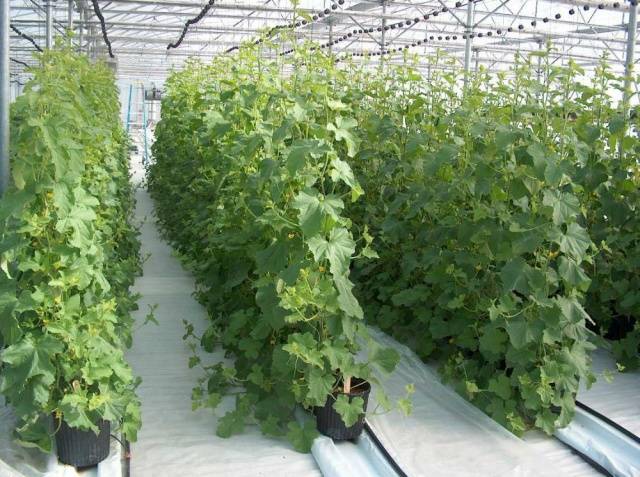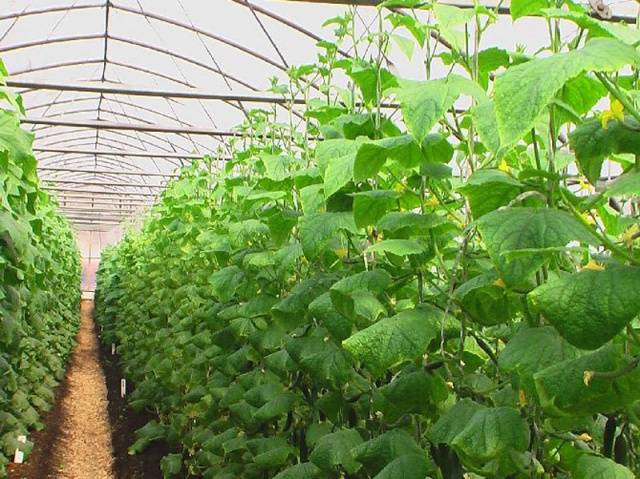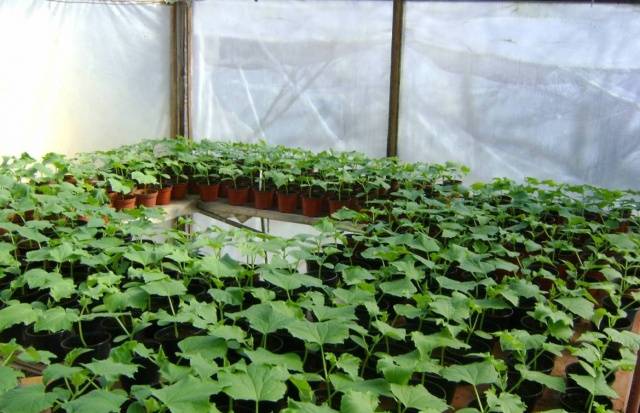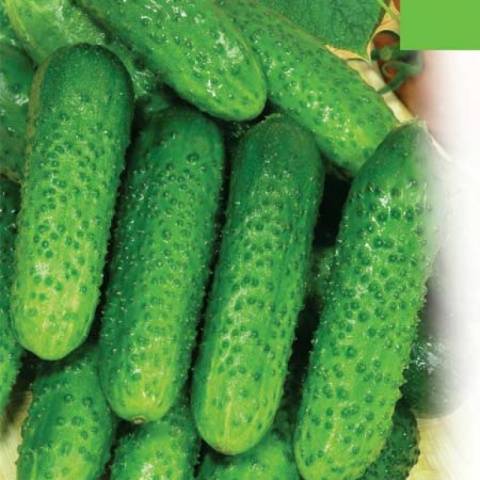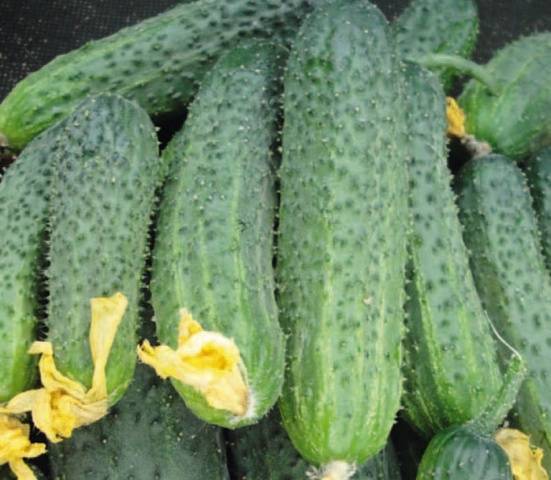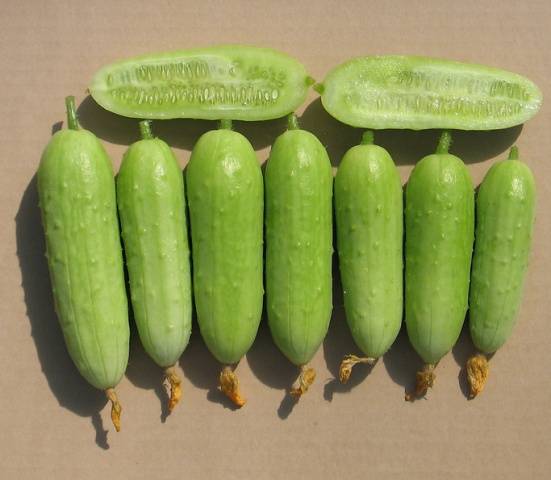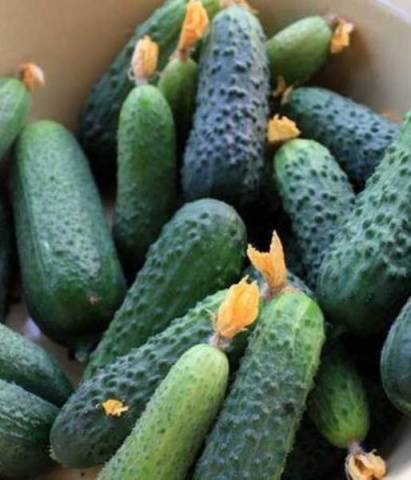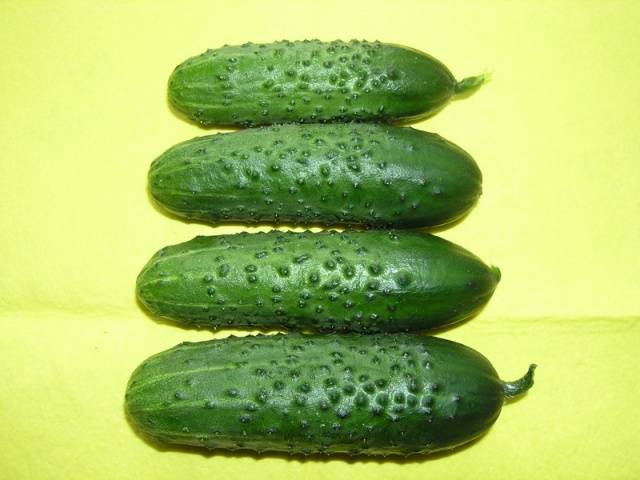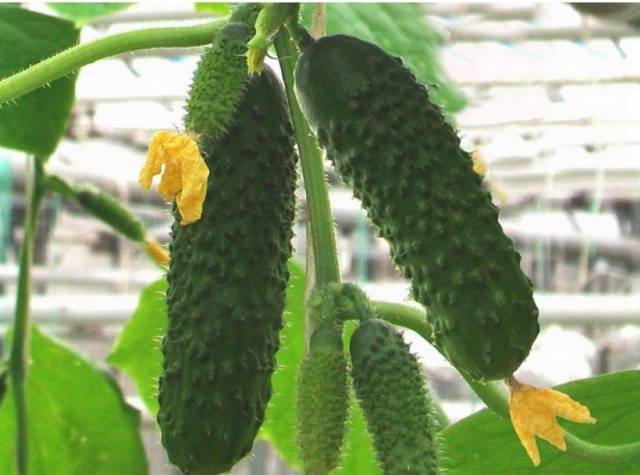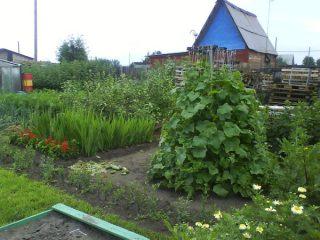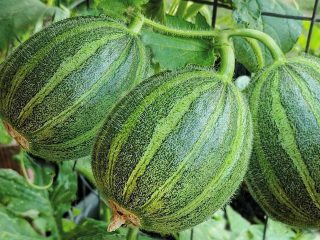Content
The need for a regular harvest of cucumbers is increasing every year, it should be noted that breeders manage to develop new varieties in accordance with market demands. Increasingly, hybrids are facing healthy competition from new cucumber species, most of which are parthenocarpic hybrids. And perhaps it is difficult to find such a summer resident who has not met with parthenocarpic cucumbers at least indirectly. Not all of them, of course, dare to plant them on their personal plot, but those who are engaged in gardening at a higher level have already seen all the advantages of parthenocarpic cucumbers, over self-pollinating or ordinary hybrids, let alone insect-pollinated ones. And the advantages are really significant, for example, the lack of bitterness in all types of parthenocarpic cucumbers.
The main advantages of parthenocarpic cucumbers
Although the disadvantages of the parthenocarpic type of cucumbers are also inherent, which is only the impossibility of planting them in open ground. Indeed, it would seem that this factor makes them completely uncompetitive against self-pollinating hybrids, but the positive qualities overshadow this, at first glance, a significant drawback.
- Breeders carry out many tests before sending a hybrid to the market, including the varieties being tested for resistance to various diseases, so all cucumber hybrids show high resistance;
- Harvesting from one square meter of parthenocarpic hybrids can be an order of magnitude higher than from ordinary hybrid and varietal cucumbers, this is accompanied by a powerful growth of bushes;
- The fruiting period is also generally longer than varietal and bee-pollinated analogues, this is precisely what determines the increased yield of such hybrids;
- Sharp temperature jumps affect parthenocarpic cucumbers much less than other varieties and hybrids;
- The breeders also took care of the removal of bitterness, even after a long maturation, such hybrids have excellent taste.
For the layman, the parthenocarpic hybrid is most often seen as a self-pollinated variety of varietal cucumber, but in fact this is just the reasoning of amateurs, there is a difference and it is significant. Self-pollinated cucumbers have both female and male characteristics in their flower, so pollination takes place, but anyone other than the plant itself does not participate in this process. In the parthenocarpic hybrid of cucumbers, there is no pollination process, it is not necessary for the formation of an ovary, which is why such hybrids always lack seeds. By the way, it is this process that ensures long-term storage of cucumbers, since there is no seed in the fruit, there are no ripening processes in it, which lead to yellowing.
Mainly parthenocarpic hybrids of cucumbers are used for planting in greenhouses, in fact, they are bred for greenhouses. If you decide to plant them in an area open to insects, the results of such an experiment will be deplorable, there is a tendency for poor formation of the fetus of parthenocarpic hybrids when their color is accessible to insects. This is manifested in the curvature and external unattractiveness of cucumbers. If you do not have the opportunity to plant seeds in a greenhouse or greenhouse, then it would be better to choose bee-pollinated varieties of cucumbers, since there are enough insects even in inclement weather.
Disadvantages of parthenocarpic cucumbers
- Lateral shoots that give abundant growth must be removed for the early setting of cucumbers;
- The structure of the branches is ampelous, in this regard, it is necessary to additionally strengthen them with tying. One peg stuck next to the cucumber stalk will not be enough;
- The main part of the varieties is unsuitable for conservation, this is a side effect of their relative early maturity, the dense peel does not have time to form.
Here are some of the most popular parthenocarpic hybrids
Ajax F1
Even the richest insect pollinated varieties can envy the striking yield of this specimen, most often it is planted in greenhouses or greenhouses, it is also suitable for open ground, but you should know that such an action can lead to a deterioration in part of the crop by changing the shape of the fruit. It should be noted that Ajax is not suitable for disembarkation in an apartment, even if you have a large balcony. The titanic overgrowth of the bushes only underlines the name of this hybrid. Cucumbers grow small, only 10 - 12 cm long, but the ovaries form several in one node. The appearance of the cucumber is decorated with pimples with white thorns, and the color is emerald. It is used in food both fresh and pickled.
F1 advance
The early and generous fruiting of this hybrid makes it a favorite among summer residents with greenhouses and greenhouses. Like most of its brethren, Advance is not suitable for open ground. In addition to the highest yields, these cucumbers show high resistance to common diseases, which means that the breeders sweat a lot over it. Fruiting in this hybrid is quite early and generous enough. On average, the first ovaries appear as early as 46 - 52 days after disembarkation. Cucumbers 10 - 12 cm long, abundantly stick around the entire bush, they have a beautiful bright green color and are decorated with white thorns. This, in turn, means that they belong to the salad type; they should not be salted.
Angel F1
This variety can also be attributed to the early maturing family, its entry into the fruiting phase can be limited to 40 - 44 days from the moment the first shoots appear. It is believed that this hybrid can be used for open ground, but the summer resident can perform such an action only on his own responsibility. Basically, it is used for planting in greenhouses and hotbeds. Its fruits are on average about 11 cm gherkin type. They are suitable for fresh consumption, but in canned form they have a peculiar taste that many people like. Possesses impeccable taste, without signs of bitterness. Resistance of cucumbers to the following common diseases has been derived:
- Cladosporium disease;
- Peronosporosis;
- Root rot.
Form F1
This is a subspecies of gherkins, it is grown mainly in greenhouses. On open ground, it shows slightly worse results. Its fruits are distinguished by excellent juiciness, and their abundance on an overgrown bush guarantees a high overall yield. In total, cucumbers grow no more than 7 cm long, their distinctive feature is a unique aroma inherent only in this hybrid. It can be eaten in different forms, but it shows the best taste characteristics in fresh and lightly salted form. In addition to the listed advantages, cucumbers are highly resistant to diseases.
Herman F1
This parthenocarpic type of cucumber has proven itself well among summer residents who put up the fruits of their labor for sale, it retains the freshness of the species for a long time after plucking, and even after 10 days does not acquire the bitterness characteristic of other cucumbers. All cucumbers are equal as for selection and are great in any form for eating.
Christina F1
This is the development of Dutch breeders, it is characterized by an early yield and is practically resistant to most of the known diseases.The Dutch managed to breed a hybrid with sustainably developing fruits on any soil, but it is still better to eat fresh fruits. In the piggy bank of the positive qualities of this hybrid, one can include neglect of temperature extremes.
Conclusion
All of the listed types of parthenocarpic cucumbers are more suitable for growing on sheltered soils, but among them there are several hybrids that have been worked hard on in agricultural farms, and they can delight seasonal gardeners with practically no loss of yield.
